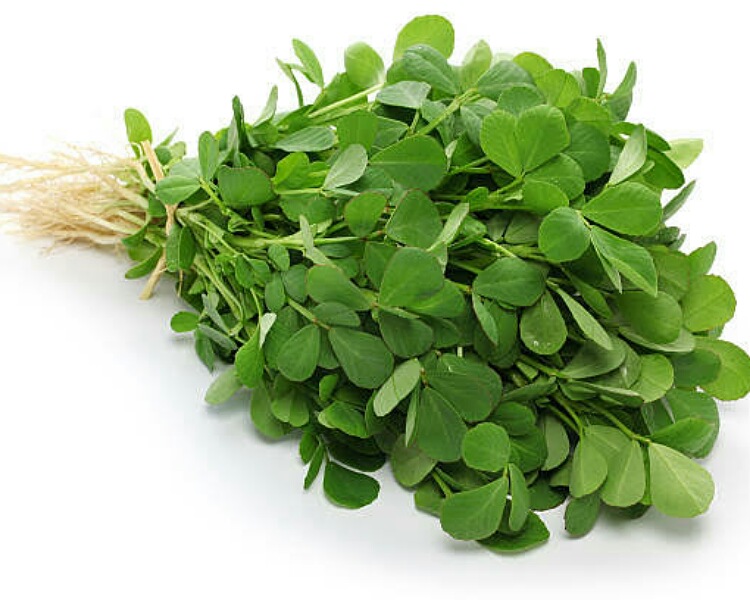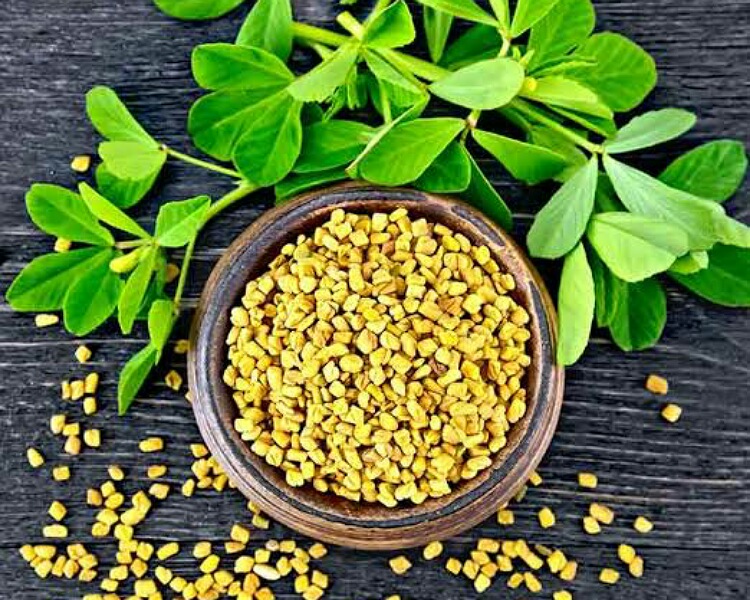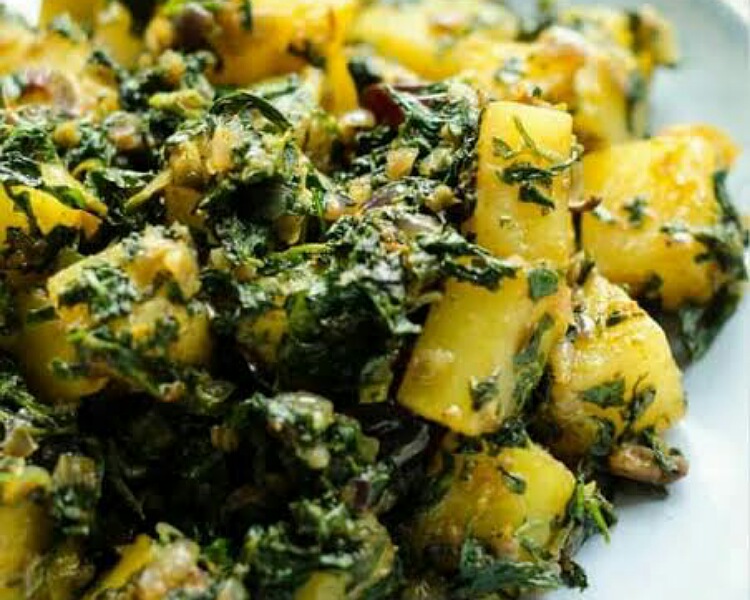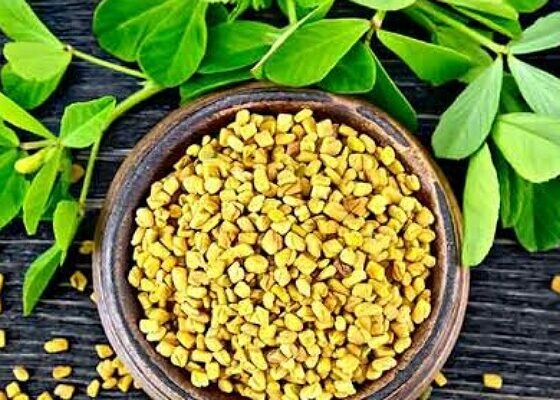Fenugreek is a green leafy vegetable that has been used in multiple cuisines of the world. It is abundantly available during the cold winter months. It has a lot of health benefits.
The green leafy vegetable, Fenugreek
Fenugreek belongs to the group of dark green leafy vegetables. This is a highly nutritious vegetable containing a lot of phytochemicals, minerals, vitamins, with low calories. It has an important place in the cuisines of the world including China. People tend to usually consume it during the chilly winter months. It is a versatile vegetable and can be stewed, cooked, stir fried or kneaded into a dough to make a flat bread. One can also add it to a number of savory snacks.

It is usually eaten fresh. But dried forms of it are added to other food dishes as a spice to enhance their nutritional value. It grows in South Asia including Bhutan, Sri Lanka and Nepal. Vivek Rana, executive chef at The Claridges hotel, New Delhi uses it in a number of traditional dishes to increase its nutritional value and taste. He adds it to flat breads, chicken curries and also other vegetable dishes. Vivek says:
“Chutneys and dips made from fenugreek seeds are tasty and healthful,”
But he warns:
“Less is more in the case of fenugreek. Also, to whittle down its bitterness, we always soak it in water first with a sprinkling of salt and then squeeze the liquid out before cooking,”
Uses and nutritive value of this herb
This herb has culinary and medicinal uses. Its leaves and seeds are an ancient remedy for a number of ailments. It increases testosterone levels and improves lactation in breastfeeding mothers. It increases appetite and decreases inflammation.
Regular eating of this green leafy vegetable can lower blood triglycerides and increase the good HDL cholesterol of blood. Moreover, it has the capacity to control high blood sugars. In 2017, a mice study revealed that mice fed on a high fat diet with 2% whole fenugreek seeds supplementation for 16 weeks demonstrated better blood glucose control compared to those with no such supplementation.

Another 2015 Korean study on 9 overweight females showed that those on fenugreek were less hungry and more satiated compared to those on fennel or placebo tea. It heats the body and is good during winter days.
Fenugreek has a lot of nutrients such as folic acid, riboflavin, vitamins A, B6, C and K, copper, potassium, calcium, iron, and manganese. It aids development of hormones and can lower risk of polycystic ovary syndrome. Nutritionist Reema Hingorani Madhian states:
“Roast a teaspoon of fenugreek seeds and have them with water on an empty stomach. The seeds can also be soaked, boiled and consumed to address diabetes, indigestion, flatulence, blood pressure issues as well as weight and appetite management.”
It lowers blood pressure and lessens load on the heart.
Non-culinary uses and alerts
The extract of fenugreek is present in some soaps, cosmetics, teas, spice blends, and condiments. It’s antioxidant, Diosgenin, can fight body inflammation and treat acne. It also moisturizes the skin. One can also make a face pack of it for better skin complexion. It serves as a good face scrub too.

The German Commission E is a scientific advisory board of the country’s Federal Institute for Drugs and Medical Devices. It advises six grams of fenugreek per day for health reasons. But more than 100 grams of it can lead to nausea, vomiting, and abdominal distress. It can also cause uterine contractions in women. Hence pregnant ladies should limit its consumption. It is not advised for kids less than 2 years.
Also, read 6 aphrodisiac foods to boost libido!
Moreover, it interacts with a number of other medications. If you are on some chronic medications, it is best to seek advice from your physician before consuming fenugreek.
